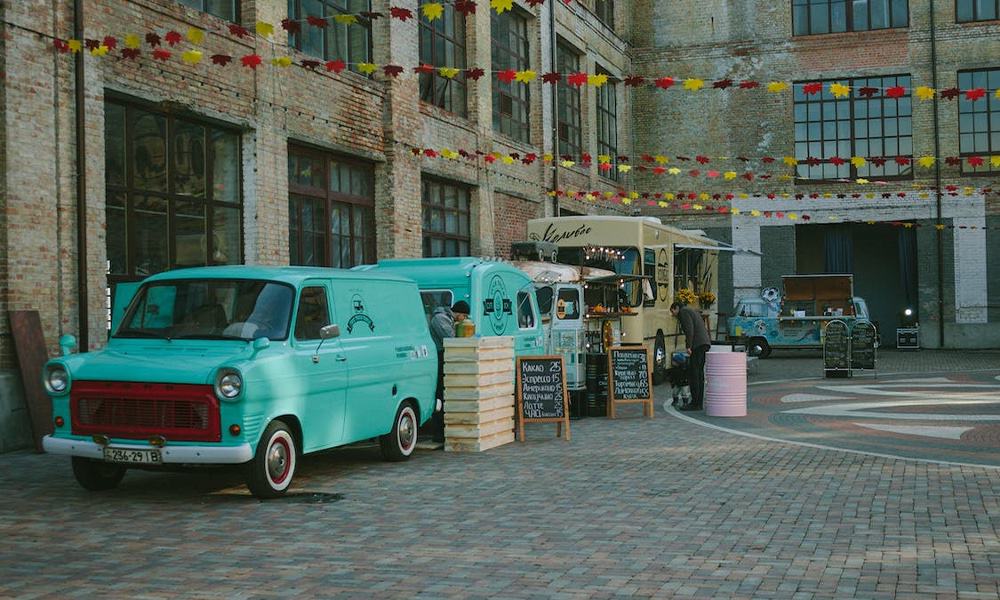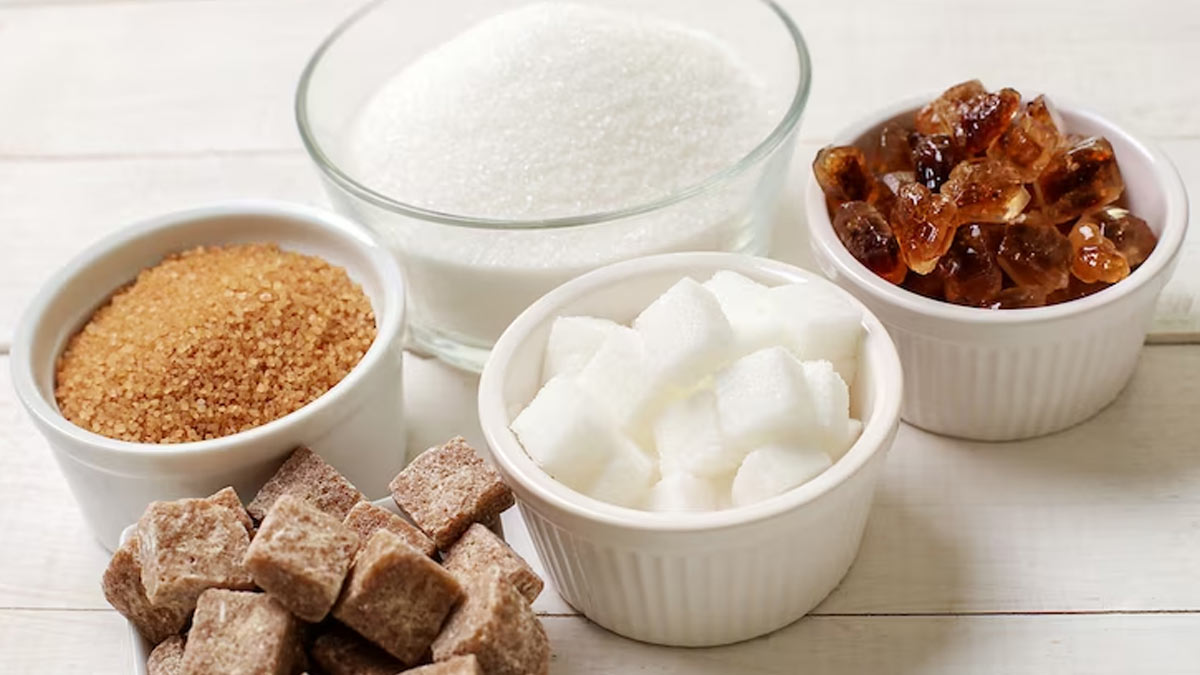Running a food truck business offers an exciting opportunity to bring culinary delights directly to customers. Unlike traditional brick-and-mortar restaurants, food trucks offer the flexibility to move where the crowds are. They can experiment with new locations, and adapt quickly to changing market demands. Whether you’re serving sizzling street tacos on a bustling downtown corner or dishing out artisan ice cream at a weekend festival. The possibilities for creativity and customer engagement are endless.
However, success in this mobile food truck venture doesn’t come automatically. It requires more than just great recipes and a colorful truck design. To thrive in this competitive industry, you must combine your culinary passion with solid business acumen, strategic planning, and the ability to pivot when necessary. After all, challenges like location restrictions, fluctuating foot traffic, equipment issues, and changing food costs are all part of the journey.
That said, the rewards are well worth the effort. Operating a food truck allows you to build a brand from the ground up, engage with your community in meaningful ways, and watch your loyal customer base grow bite by bite. Plus, with lower startup costs than a traditional restaurant, food trucks offer a more accessible path to entrepreneurship. One that’s dynamic, fast-paced, and often deeply fulfilling.

Develop An Unique Concept For The Food Truck
Before anything else, you need a concept that sets your truck apart. Ask yourself: What makes your food special? Maybe it’s a creative take on Korean-Mexican fusion, or perhaps it’s a commitment to farm-to-table ingredients. Whatever it is, your concept should be cohesive and memorable. Right from your food and truck design to your brand name and logo.
Think about the customer experience too. Are you delivering nostalgic comfort food with a modern twist? Or creating an Instagram-worthy food adventure? Your concept should not only reflect your culinary passion but also fill a gap in your local market.
Study your competition. Visit local food trucks, analyze their menus, and look for what they’re missing. Then position yourself as the fresh, new alternative.
Conduct A Thorough Market Research
Once you have a concept in mind, it’s time to validate it. Research the local food scene to identify your target market. Who are your ideal customers—students, office workers, tourists, or families? Where do they hang out? What kind of food are they already buying?
Use surveys, social media polls, or in-person interviews to gather insights. Check local event calendars to see where high foot traffic happens regularly. The more data you gather upfront, the better equipped you’ll be to make smart decisions later.
With a validated concept and a clear understanding of your audience, you’re now ready to put your vision on paper
Create A Detailed Business Plan For Your Food Truck Business
Your business plan is your blueprint for success. It should outline your vision, goals, budget, operations plan, marketing strategy, and financial projections. Investors or lenders will often require one, but even if you’re self-funded, it keeps you accountable and focused.
Break your plan down into actionable sections: startup costs, pricing strategy, daily operations, customer acquisition, and scalability. Set both short-term and long-term goals. The more specific and realistic your plan is, the more prepared you’ll be for what lies ahead.
Revisit your business plan every few months and adjust it as your business evolves. This helps you foresee stagnancy before it hits your business.
Secure Necessary Permits And Licenses
This step can be tedious but skipping it can shut you down fast. Every city and state has different regulations, so it’s critical to understand what permits you need. This usually includes a business license, food handler’s permit, vehicle registration, parking permits, and health department inspections.
Some cities also require special zoning permits or limit where food trucks can park. Before purchasing a truck, talk to your local city hall or small business office for guidance. Missing even one permit can lead to hefty fines or being barred from high-traffic areas.
Keep digital and printed copies of all permits inside the truck at all times as you never know when an inspector might stop by.
Invest In Quality Equipment
Your truck isn’t just transportation. It’s your mobile kitchen. Investing in high-quality equipment from the start can save you time, money, and headaches down the road. Depending on your menu, you may need a griddle, fryer, refrigerator, food warmer, and sink.
Don’t forget about essentials like a generator, water supply system, and proper ventilation. Ensure all your equipment is energy-efficient and compliant with health regulations. If you’re on a tight budget, consider leasing a truck or buying used—just make sure it’s in good working condition.
Plan your kitchen layout for maximum efficiency. Every inch counts in a food truck, so design your workspace to minimize steps and maximize speed.
Design An Appealing Menu
Your menu should be a reflection of your concept- focused, exciting, and easy to execute. Avoid overwhelming customers with too many options. Instead, choose 5–8 core items that you can perfect. This makes prep and service faster and more consistent.
Incorporate variety in flavor, texture, and price to appeal to a wider audience. Use clear, enticing descriptions and highlight popular or signature items. Rotate seasonal specials to keep things fresh and encourage repeat visits.
Now that your truck is built and your menu is ready, it’s time to think about where and when you’ll sell.
Choose Strategic Locations For The Food Truck
Location is everything for a food truck to run successfully. Scout busy areas such as office parks, college campuses, breweries or nightlife zones. The ideal location will only have a steady flow of foot traffic and minimal competition.
However, you can’t just park anywhere you want. Research local laws to ensure you’re in compliance. Many cities have designated food truck zones or require a permit to operate in certain neighborhoods. Use apps like Street Food Finder or Roaming Hunger to find and reserve spots.
Be flexible. Weather, events, and construction can all impact foot traffic, so have a few backup locations ready.
Implement Effective Marketing Strategies
Without marketing, even the tastiest food won’t sell. Build your presence on platforms like Instagram, TikTok, Facebook, and X (formerly Twitter). Share mouthwatering food photos, behind-the-scenes videos, and daily location updates.
Use geo-targeted ads to reach customers in specific areas. Offer incentives like loyalty cards, discounts for social media shares, or freebies for first-time customers. Collaborate with influencers or local bloggers for added exposure.
Build an email or SMS list so you can notify your most loyal fans about special deals and exclusive events.
Prioritize Customer Service
Great food gets people in the door, but great service keeps them coming back. Always greet customers with a smile, be patient with questions, and resolve complaints quickly and respectfully.
Train your staff to treat every customer like a regular. Small touches like remembering a name or offering a free sample, can turn first-time visitors into loyal fans. Encourage reviews on Yelp or Google, and respond to feedback graciously, whether it’s positive or negative.
Monitor Finances Closely Of Your Food Truck Business
Food trucks might have lower overhead than restaurants, but margins can still be razor-thin. Use accounting tools to track every dollar—ingredients, fuel, labor, rent (if applicable), and repairs. Calculate your food cost percentage and aim to keep it below 30–35%. Review your profit margins regularly and adjust pricing if necessary. Always set aside emergency funds for repairs or unexpected costs.
If you’re not confident with bookkeeping, consider hiring a part-time accountant or using services like QuickBooks or Wave.
To Conclude…
By implementing these strategies, you position yourself to confidently navigate the many challenges that come with running a food truck. From logistical hurdles and fluctuating customer traffic to equipment maintenance and local regulations, the food truck industry can be unpredictable. However, with the right mindset and a well-thought-out approach, you can overcome these obstacles and transform them into opportunities for growth.
Consistency is key. Commit to delivering high-quality food, exceptional service, and a memorable customer experience every single day. Your reputation will become your most powerful marketing tool—and it starts with every meal you serve. At the same time, remain flexible and open to learning. The most successful food truck owners constantly evaluate what’s working, what needs adjusting, and how they can innovate. Whether it’s updating your menu, exploring new locations, or adopting new technologies, continuous improvement is what sets thriving food truck businesses apart from the rest.
Ultimately, success in this industry comes down to passion, perseverance, and a willingness to adapt. Moreover, Stay focused on your goals, listen to your customers, and keep evolving. When you do, your food truck won’t just be a business—it’ll become a beloved part of the community and a reflection of your entrepreneurial journey.


